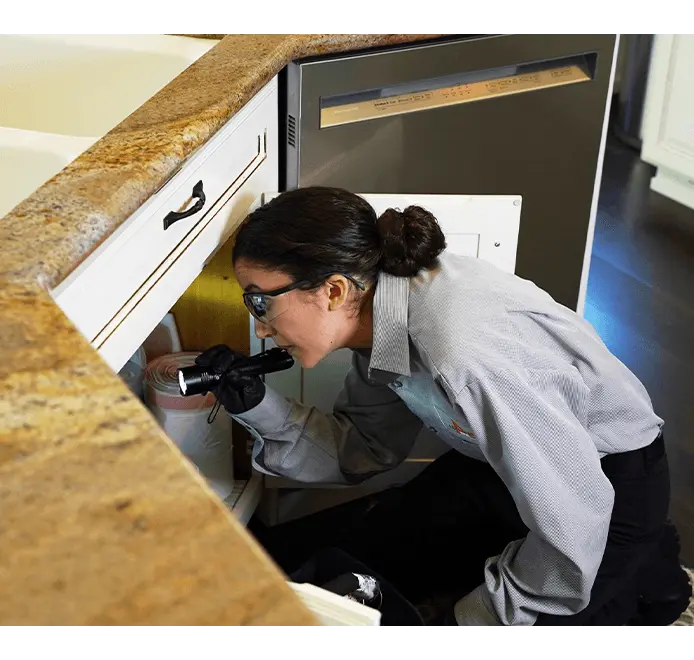Residential Pest Control
"Service Before Self" Is Our Mentality

Residential Pest Control
The Importance of Residential Pest Control
Pests are a dangerous presence to have on your property, threatening your investment as well as your family’s safety. With their ability to cause expensive amounts of damage and spread bacteria and disease everywhere they go, pest infestations are the last thing anyone wants. However, they’re a problem even for the most dedicated homeowner, making pest control a necessity. Serving California and Northern Nevada, Advanced Integrated Pest Management has the residential pest control services you can trust to protect your home.
Choose from a one-time pest treatment or a preventative pest program and call our team at 800-655-3993 today.
We Provide a Signature Approach to Pest Control
Pests invade homes most often, and they make quite a mark when they do. Rodents and termites are costly home-destroyers; termites alone cause upwards of $5 billion in property damage every year. To make matters worse, these pests, as well as birds, bats, and bees, endanger your family by spreading disease and causing allergic reactions. You’re not immune from bed bugs, either – nearly 20 percent of Americans have experienced an infestation.
About Our Residential Pest Control Services
At Advanced Integrated Pest Management, we combat a variety of pests with our signature integrated pest management (IPM) approach. Our well-trained technicians will work with you closely, monitoring your pest problem from every angle and utilizing the most strategic pest control methods around. After inspecting your home, we’ll perform both preventative maintenance and thorough treatments as needed.
To assist you, we’ll inspect your property to find breeding areas, while also looking for signs of pests attempting to enter. Additionally, we’ll treat the exterior of your home, remove nests, and apply eco-friendly treatments. Our programs are ongoing, meaning we’ll come back often to make sure pests haven’t returned. If they have, we’ll treat them for free – it’s our guarantee. We also offer one-time pest treatments that are designed according to your needs.
Pest-Specific Coverage
Our region is heavily wooded and – as a result – overflowing with insects and rodents. With plenty of food, water, and shelter, our homes are attractive targets for many different kinds of pests. This is why our pest control services cover a variety of pests.
We offer homeowners in California and Northern Nevada:
- Bat control
- Bed bug heat remediation
- Bee removal
- Bird control
- Rodent control
- Termite services
- Wildlife management
Other Residential Services We Offer
In addition to our general residential pest services, we also provide more uniquely tailored programs. Because keeping your home protected applies to more than pests, we offer vegetation management services to keep your yard in tip-top shape. We’ll eliminate common lawn pests, combat grass diseases, and more. We offer solutions which are child, pet, and environment friendly.
Contact us online to request your free residential pest control quote today.
Why Work With Us?
- "Service Before Self" Mentality
- Quality Assurance Inspectors
- Client Portal for Transparent Service
- Custom Pest Control Solutions
- Family Owned and Operated Since 1981

Hear from Happy Customers

Reliable, Professional and Honest. I have been using Roseville Termite and Pest Control (Advanced Integrated Pest Management) for over 20 years.”

Discover the Difference
Contact Advanced Integrated Pest Management Today

